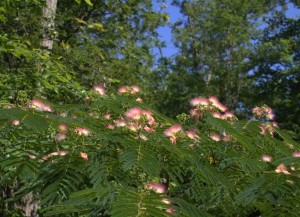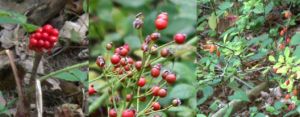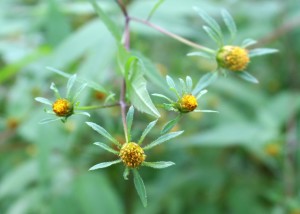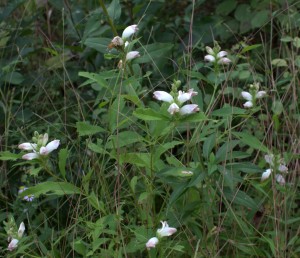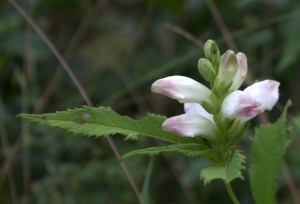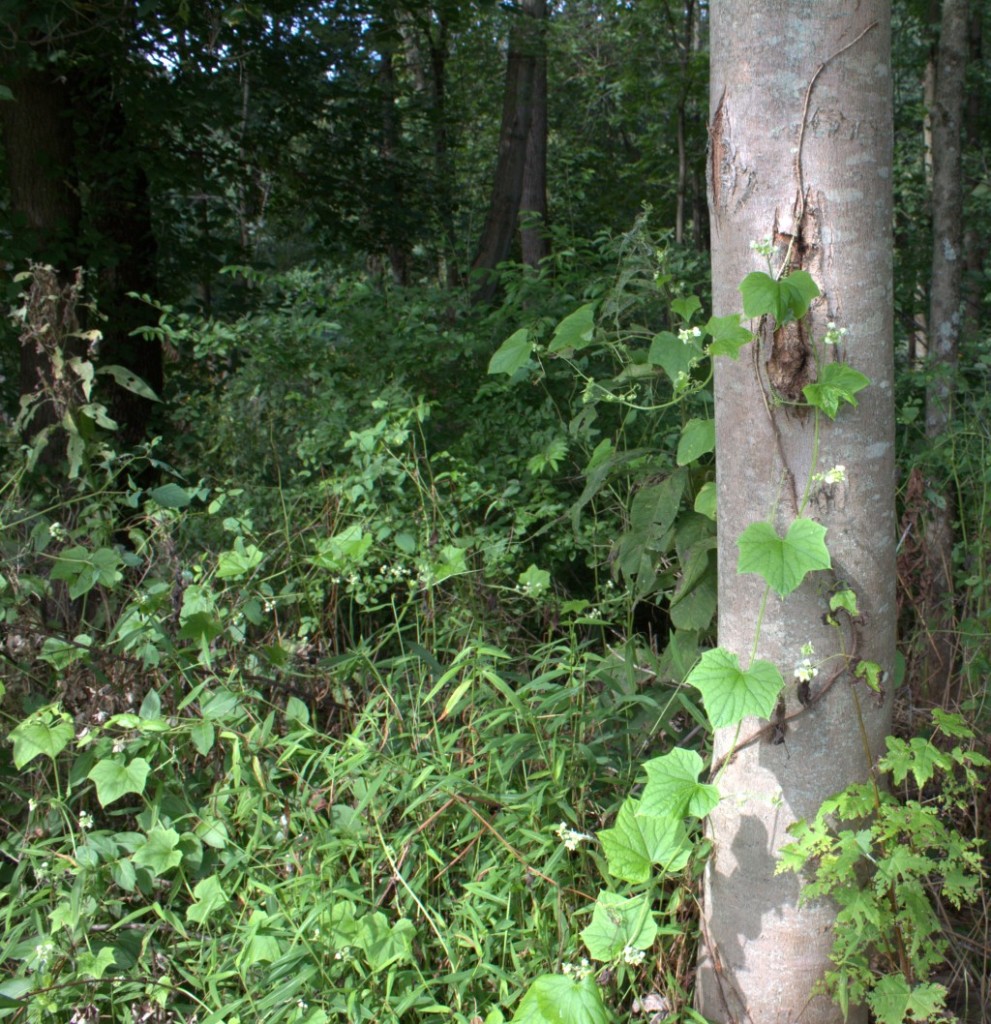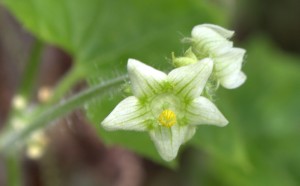Dames’ Rocket and many different clovers are blooming everywhere the last week of May. Just drive around the countryside and you’ll see their purple and pink hues at the road’s edge and in places where fields meet the forest.
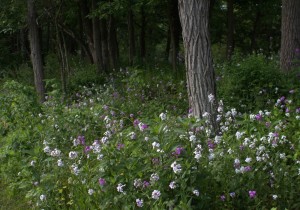
Finally. I got to see a few specimens of the Great Solomon’s Seal near the Juniata River in Pennsylvania. For years I’ve seen the smaller Smooth Solomon’s Seal and the False Starry Solomon’s Seal, but not their bigger cousin before now.
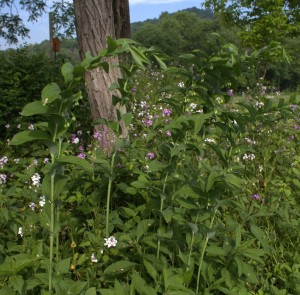
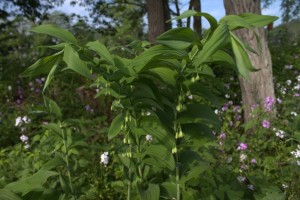
Taller than the pinkish-purple and white Dame’s Rocket, Great Solomon’s-Seal blossoms dangle in groups of 4 or 5 from the leaf axils.
Tall, sturdy stems arch over to display deeply ribbed leaves that come to a pointed end. The linear lines of the leaves are striking and seem to reinforce the shape of the arching main stem. 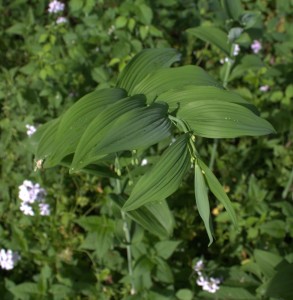
(Photos above taken 28 May 2015. Click on any image to see a larger view.)
The Great Solomon’s Seal, Polygonatum canaliculatum, plants photographed here were growing within a hundred meters of the river. The location was once completely forested and the plants growing here now live under the shade of small trees at the edge of a grassy field where they receive lots of morning sun.
The flowers within a cluster don’t open all at once, so you’ll see some creamy-yellow-green flowers just opening up while others have already been pollinated and are turning brown at the tips. 
The plant continues to produce flowers at the leaf nodes as it grows. 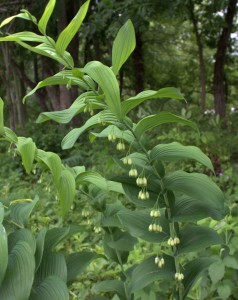
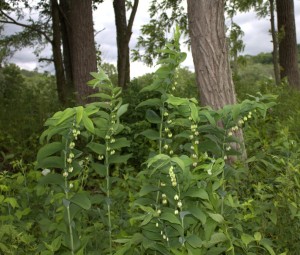
The dangling berries ripen in mid-July from light green to a dark, deep blue.
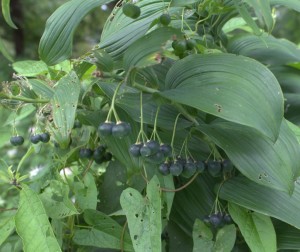
These berries are much bigger than those of Smooth Solomon’s Seal and quite different from the red delicious berries of False Solomon’s Seal. (Scroll down on that page to see the red berries.)
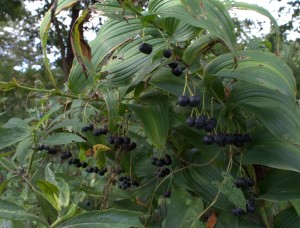
The berries hang on until fall and some probably through the wintertime.
